Everyone is talking about video marketing these days – it’s become a crucial component of your marketing toolkit because we’re still in the prime days of the medium. If you’re not doing video, you need to start doing it right now. Don’t miss out on this golden era of video marketing – you’ll kick yourself later.
When you are creating a video, the big question is how you build a framework to create a YouTube video that actually works. The sad truth is that most videos are boring and so if you get the framework right, you’ll automatically put yourself ahead of the rest and give yourself the best possible chance to catch the attention of your target audience.
In this article, we’re to unpack the perfect video framework so you can make really awesome videos. This framework should help to give you a useful checklist to use when you are making your videos – because I know how difficult it can be in the beginning. But if you follow this with every video, you’ll find it gets a lot easier to make compelling content.
Here we go…
The Perfect Video Framework
This framework comes from a lot of trial and error, but also a good understanding of what works in online video. It leverages human psychology and well as how the internet works to get you the results you want every single time.
1. The Hook.
It all starts with the hook. This is the first five seconds of your video and its incredibly important to get right. You have to have something that grabs the viewers’ attention, ideally with some movement. Anything that you can do to break the viewer out of their stupor is going to pay off because they’re much more likely to continue watching the video. If you don’t catch their attention in the first few seconds, you’ve lost from the get-go.
If you’re struggling to come up with ideas, find some other creators whose videos you really enjoy and pay attention to what they use for a hook. You don’t want to copy them exactly, but you can get lots of inspiration from seeing other hooks and that can help you come up with your own that make sense for your video.
2. The Brand Intro.
The next piece of the puzzle is to have some sort of brand introduction. This is your opportunity to show who you are and to tell people to follow you and your content. Ideally you want something unique and memorable so that when someone sees it, they immediately associate with what your content is all about.
This introduction could also include graphics, audio, and anything else that helps to set your brand apart from the rest. Be creative here and you’ll build great brand equity that you can cash in on later down the line.
3. The Pain Point.
The next thing you have to do is to lay out the pain point. What is this video going to solve for people? How is it going to help? You want to prove to the viewer that it is worth their time to watch the rest of the video. By clearly articulating the problem you are going to solve for them, they will be intrigued and ready to hear from you.
If you don’t do this well, viewers are likely to click away because they don’t see the value of sticking around. You could have the most awesome content but it gets ignored because you don’t explain the pain point well enough in the beginning.
4. The Personal Story.
One of the most powerful aspects of video is that you are humanizing your business and showing the face of the person behind it. So, be sure to share your personal story around the video topic in a genuine way to build trust with the person who is watching. Go into as much depth as needed in order to show how it relates the pain point you’ve just explained.
This is vital because it illustrates to the person watching that you can relate to them and you understand what they’re going through. Through creating this rapport, you are well positioned to give them the solution to their problem. You build an emotional connection that can be sustained throughout the video.
5. The Talking Points.
Now that you’ve set up the video in the right way, we get to the talking points. This is the meat of what you’re wanting to communicate. Speak as clearly as you can, breaking your solution into bite-sized chunks and you can persuade your viewer to take whatever actions you’re advocating for.
Don’t do too many here though, remember that your audience has a limited attention span. And you’re also competing with millions of other videos. Ideally, you want to stay between 3 and 5 talking points wherever possible. This makes it memorable and digestible for those watching and it doesn’t make your videos unbearably long.
6. The Close.
This will often overlap a little bit with the main talking points, but the objective of the close is to summarize the pain point, the talking points, and ask your viewer to take action. It doesn’t have to be super complicated, there’s no need to overthink it. Keep it simple and assuming that you’ve followed this framework, you’ll be well set up to encourage strong engagement from that viewer.
—
So, if you’ve been scared to take on video because it all can be a bit overwhelming, hopefully this framework can help. Use this as a template when you’re planning your videos and then make sure your recording and editing fits into these simple steps.
By breaking things down like this, you’ll know that you’re following best practice and with a little bit of your own personality, you can create really compelling videos that is going to grow your audience and eventually lead to conversions.


